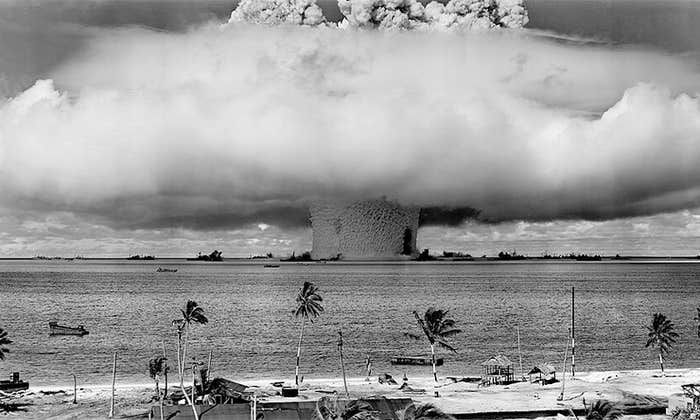I know firsthand what a hydroelectric dam can do to the environment. As a tribal member growing up on the Lower Elwha Klallam Tribe’s reservation, the Elwha River and its two hydroelectric dams were in my backyard. Before the dams, whose construction began in 1910, the river was rich with several species of fish, including steelhead trout, and all five species of Pacific salmon. My great-grandfather and tribal elder, Edward Sampson, shared stories with me of catching 100-pound Chinook salmon, then watching the salmon populations decline when the dams came. Salmon have always been culturally and spiritually important to my tribe. They are treated reverently, and celebrated with ceremonies after the first catch of each year.
The Elwha dams were built without fish ladders, gently sloping structures that connect waters on either side of the dam. These ladders are important for anadromous fish, meaning stream-born fish that live part of their lives in the ocean and later return to their natal streams to spawn. Salmons are anadromous, and carry with them marine-derived nutrients that are important to the entire Elwha watershed ecosystem. Salmon carcasses provide nutrients for other wildlife and fertilizer for riparian vegetation.

Without fish ladders, the dams blocked access by salmon to 90 percent of their historic spawning grounds, halted the flow of marine-derived nutrients into the ecosystem, and dramatically reduced salmon populations. They also negated agreements in the tribe’s 1855 Point No Point Treaty, which stated that it would have permanent fishing rights on the Elwha River.
The history of the dam was tightly woven in the history of my own family. My grandfather worked for the company that ran the dams for his entire career, while my grandmother was an activist working to remove the dams and restore the salmon populations. Then, on Sept. 17, 2011, the largest dam removal and river restoration project in United States history was set into motion. Both dams were removed, and the Elwha River began to flow freely again for the first time in 100 years.
My realization of the role people have in ecosystem health, brought about in part by watching my tribe fight for the removal of the dams and the restoration of the salmon, inspired me to pursue a career working in natural resources. I decided to return to my home on the reservation to pursue a degree in environmental science at Western Washington University, after attending the University of Hawaii at Mānoa for two years and studying marine biology. I was hired as an intern for the tribe’s wildlife program in 2014. Four months into my internship, I was hired for a part-time position by the tribe’s wildlife program manager, Kim Sager-Fradkin, while maintaining a full-time student schedule. In addition to a Columbian black-tailed deer mortality study, this program gave me an opportunity to study Elwha river otters and to be a part of an Elwha River Restoration wildlife monitoring project.
I am particularly proud of my involvement in the three-year, collaborative study monitoring Elwha wildlife recolonization. The Lower Elwha Klallam Tribe, the United States Geological Survey, the National Park Service, and Western Washington University were all involved. The study gave me the opportunity to survey beavers, songbirds, deer and elk, vegetation and large woody debris, and small mammal trapping surveys. The experiences I’ve had during this study observing wildlife interactions with the environment over time have reinforced my desire to further my education studying population ecology. Because of this, I will be starting graduate school at the University of Idaho with a newly-funded project to study cougar population size and structure on the Olympic Peninsula.
My work has strengthened my ties to my home. In the years since I’ve returned, I’ve become closer with my tribal and scientific communities, and have grown an even stronger appreciation for the Elwha River ecosystem. The river restoration has been a major success for the Klallam people, and proves the effectiveness of methods for ecosystem restoration that will hopefully be used as a model in other restoration efforts worldwide. And for me personally, the experience of working on this restoration project and seeing firsthand the regeneration of the former lakebeds and of the historic lands of my people has been incredibly reaffirming.
Cameron Macias is a graduate research assistant at the University of Idaho.




























